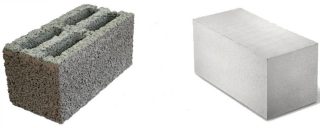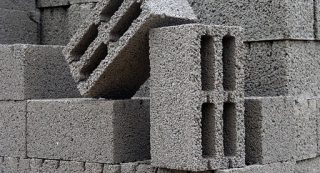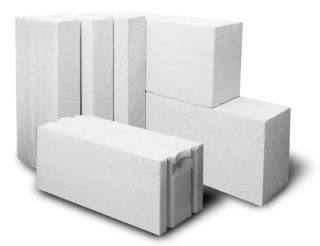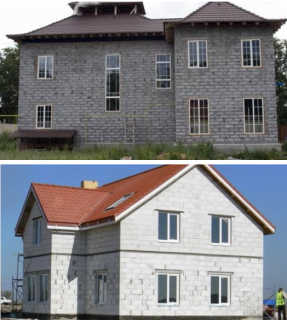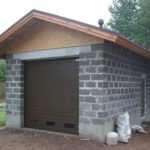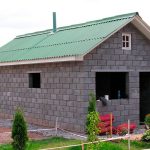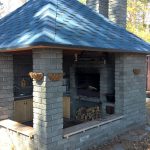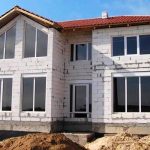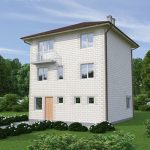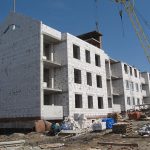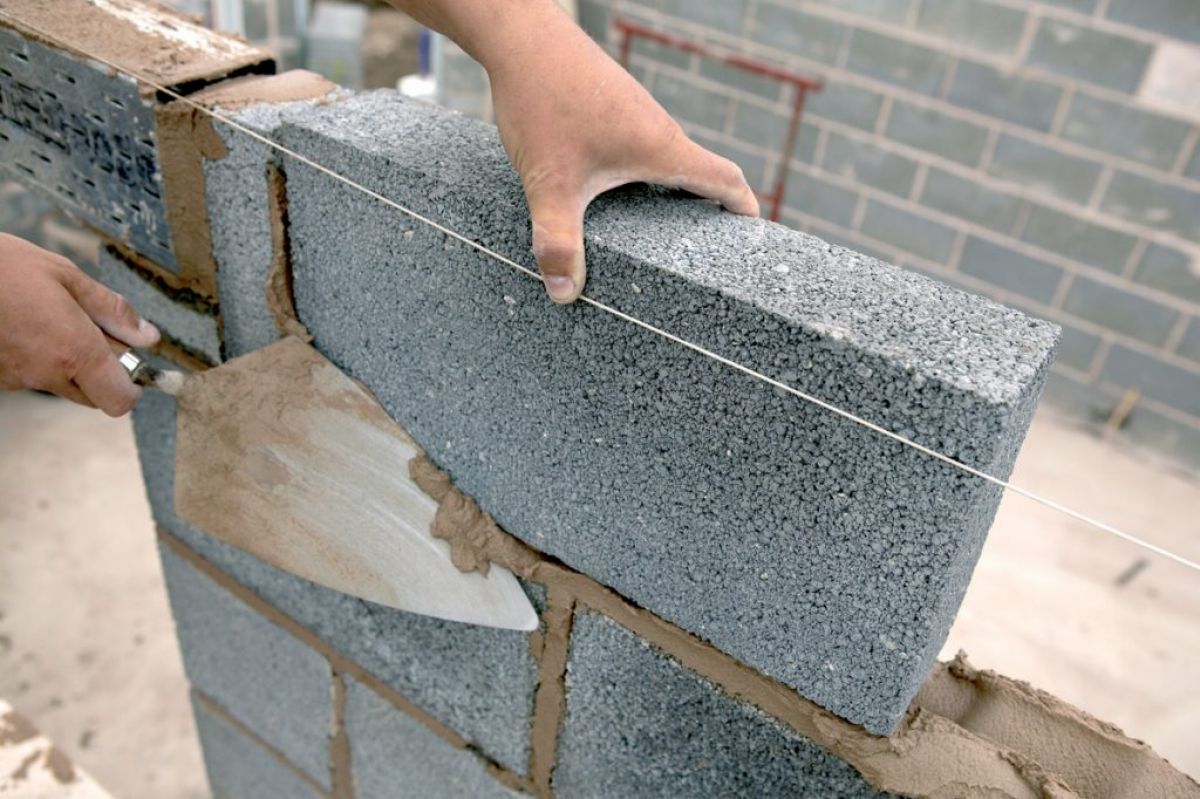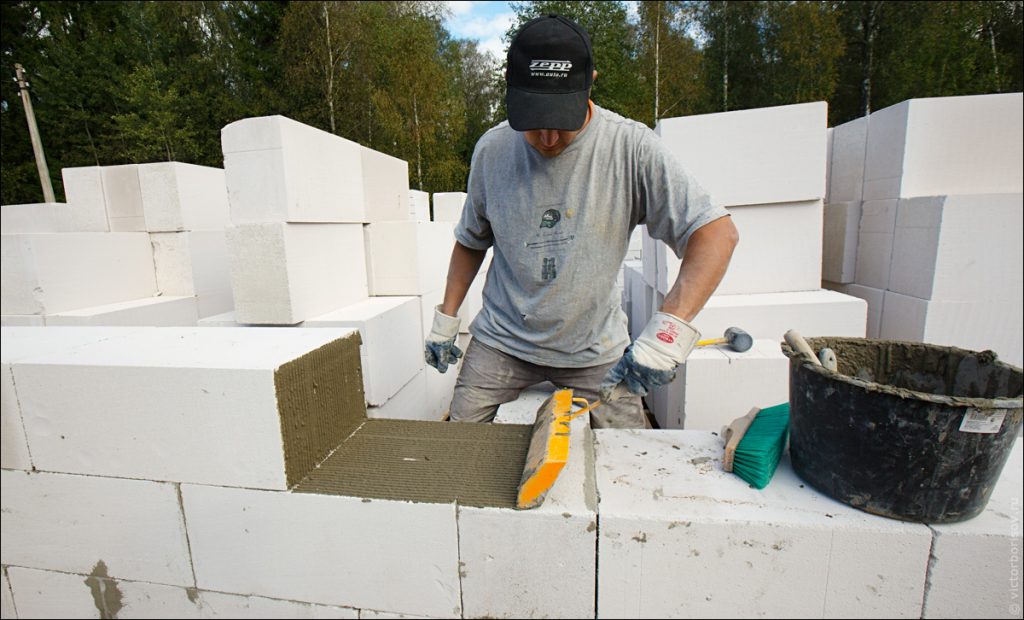The main building materials are brick and concrete. The latter is usually a solution with which the structure is poured. However, today concrete is produced with a wide variety of characteristics and very different configurations. Block options are very popular in private construction.
What are the features of materials
What to choose - aerated concrete block, foam block, expanded clay block, depends on many factors.
Cinder block
Usually the slag is waste remaining after annealing, foaming, trimming, that is, having an airy porous structure. This improves the heat storage capacity of the material. If, however, they take as an additive gravel, brick breakage, granite screenings, concrete becomes stronger and more resistant to frost.
Gas block
Distinguish autoclaved and non-autoclaved aerated concrete... The first is distinguished by higher hardness and strength with the same porosity and absolute accuracy of dimensions and shape. After swelling, the material is cut into blocks, and then steamed in an autoclave at + 200 ° C and 12 atm. Non-autoclave, after swelling, is poured into molds in which the material dries naturally. This option is less durable, less uniform, retains its shape worse, but it is cheap and absorbs less moisture: the pores in the foam block are closed. Usually autoclave material and cinder block are compared.
Cinder blocks, if necessary, can be made at home. Autoclaved aerated concrete is produced only in production.
Overview of the main differences and similarities of materials
- Thermal conductivity - depends on the porosity of the material. It is necessary to compare thermal insulation options with a density in the range of 200-300 kg / m³. According to this parameter, aerated concrete definitely wins. Firstly, its thermal insulation properties are associated with high porosity, and not with the addition of insulating impurities, and secondly, the voids in the gas silicate are distributed very evenly, which excludes the formation of cold bridges.
- Frost resistance - noticeably higher in autoclaved aerated concrete, as it undergoes heat treatment.
- Water absorption - for cinder blocks, the indicator reaches 75%. The maximum water absorption of the gas block is 35–47%. However, in reality, both materials need to be protected.
- Fire resistance - both types of concrete are non-combustible and can withstand quite high temperatures.
- Soundproofing - the difference in favor of aerated concrete: the pores filled with gas perfectly dampen the sound.
- Shrinkage - the cinder block is much more stable under bending and tensile loads, so that, unlike aerated concrete, it does not shrink. Gas blocks, without changing their size, can form internal and external cracks when the foundation moves.
- Both materials are produced in blocks large sizes with different thicknesses. The weight is also about the same, so construction with blocks is much faster. However, gas blocks can be laid on glue, which improves the overall heat-retaining properties of the wall. Such work requires higher qualifications of the builders.
- Both types of concrete easy to process: they are very easy to cut, saw and grind. However, cellular concrete fasteners hold worse: you can fix console furniture to such a wall only with special dowels.
- The cost the cinder block is lower, since the raw materials for it and the technology used are cheaper.
The autoclave gas block looks more attractive, but both materials should be protected from the action of water and frost, so the appearance of the block is not taken into account when choosing.
Features of use in construction
When comparing foam block and cinder block, you need to consider purpose of material... Concrete is most often used in private construction. Ease of assembly, large size and light weight make them ideal for the construction of small buildings - cottages, summer cottages, garages, gazebos and other outbuildings.
Gas silicate blocks they are more often chosen for the construction of a residential main building, since they have very precise dimensions. This facilitates the construction, the wall turns out to be even, almost smooth. In addition, the strength of the material is higher: it is possible to construct buildings with a height of 5 floors from gas blocks. Most often we are talking about filling the load-bearing wall with a finished reinforced concrete frame. The frame ensures the rigidity of the building, and the aerated concrete reduces the need for insulation.
Cinder block very attractive in that it does not shrink and does not require a rigid foundation. If we are talking about the most budgetary construction, cinder blocks are the best option.
Features of masonry work
The laying of gas silicate blocks and cinder blocks is carried out using the same technology, but using different materials.
- The cinder block is placed only on the construction cement mortar. The solution is placed on the surface of the previous row, leveled.Install the cinder block, holding it with the left hand. It is important to carefully align the position of the brick - usually for this, a cord is pulled between the corners and used as a level. Excess solution is removed. They tap the stone to make it stronger, and then lay the next block. When the entire row is laid out, check its position and align.
- Gas blocks put about the same. but use glue instead of solution... The composition is applied with a carriage or a special spatula to obtain a very thin layer. It is recommended to coat the ends of the stone as well. The blocks are laid and joined together as tightly as possible. Align by the same principle. Cement mortar is taken for laying only 1 row per foundation.
Walls made of aerated concrete and cinder block need reinforcement.

